In the late-1880s, Allen & Ginter, a Richmond, Virginia tobacco company, began including a small photograph or a colorful hand-painted picture in each cigarette pack to promote the company’s brands. They were printed on cardboard to keep the cigarettes from being crushed. Smokers would save the cards, which were issued in sets such as wild animals, birds, flags of the world, famous actresses, army generals, state governors…and baseball players. These are considered the earliest baseball cards. Collecting and trading baseball cards became a popular hobby in the 20th century, increasingly so with children from the 1930s to the 1960s when gum and candy companies like Bowman, Leaf, and Goudey sold packs of cards with a stick of bubblegum. In 2003, Topps reprinted a series of baseball cards of players from the turn of the 20th century. But the backs of the cards looked less authentic, because the names of the tobacco companies that had originally produced them had been deleted.

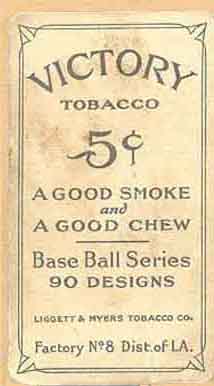
Zack Wheat, Brooklyn Dodgers
(1909-1926)
“T206” Baseball Card
Victory Tobacco
American Tobacco Company
1909-1911
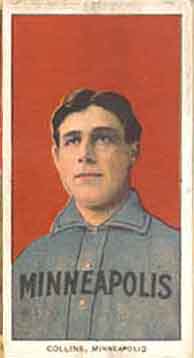
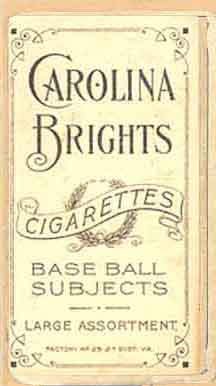
Jimmy Collins, Minneapolis Millers
(1895-1908)
“T206” Baseball Card
Carolina Brights
American Tobacco Company
1909-1911
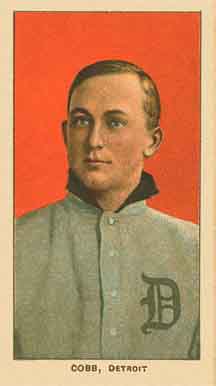
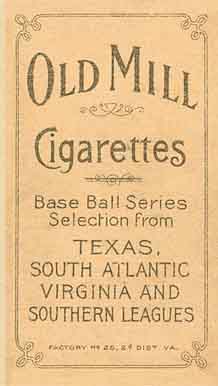
Ty Cobb, Detroit Tigers
(1905-1928)
“T206” Baseball Card
Old Mill Cigarettes
American Tobacco Company
1909-1911
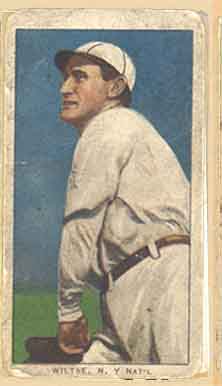
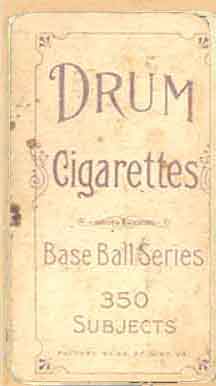
Hooks Wiltse, New York Giants
(1904-1915)
“T206” Baseball Card
Drum Cigarettes
American Tobacco Company
1909-1911
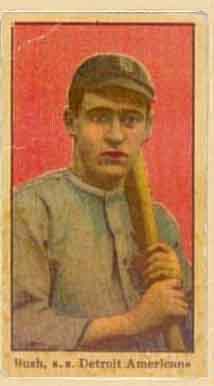
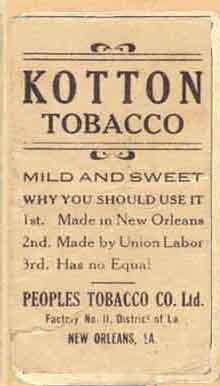
Donnie Bush, Detroit Tigers
(1908-1933)
“T206” Baseball Card
Kotton Tobacco
American Tobacco Company
1909-1911
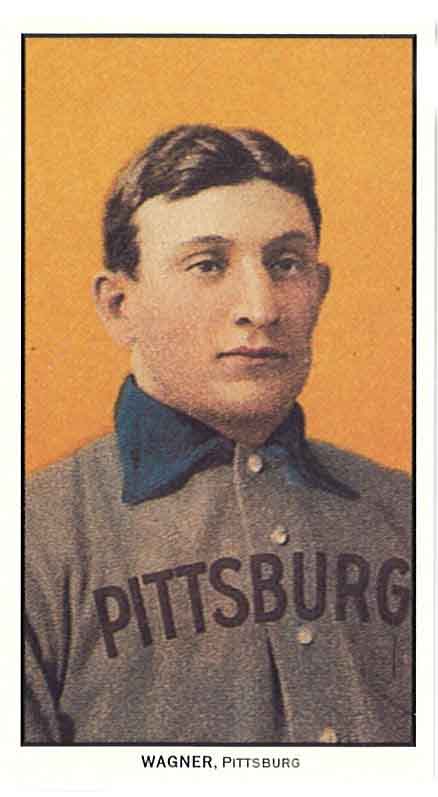
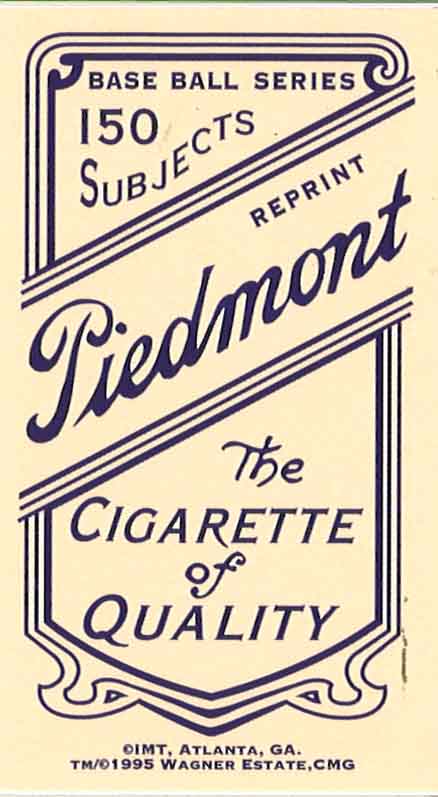
Honus Wagner, Pittsburgh Pirates
(1897-1916)
IMT, Atlanta Ga
Piedmont
Wagner Estate, CMG
1995
“The Holy Grail” – Honus Wagner
The most sought after baseball card in the world is the Honus Wagner from the T206 series. Most cards in this series were printed hundreds of thousands of times, Wagner was only featured on twenty to fifty cards before production of his card was pulled. The resulting rarity of this card has commanded prices in the millions for pristine condition to hundreds of thousands even for damaged cards.
There are several theories as to why Wagner objected to be being featured on the cards. The most popular theory was his objection to cigarette smoking and concern that children, who idolized him, would take up the habit by his association. However Wagner used chewing tobacco and was featured in advertisements like the one featured to the right for Murad. The most likely explanation was a dispute between Wagner and the American Tobacco Company concerning compensation for the use of his likeness.
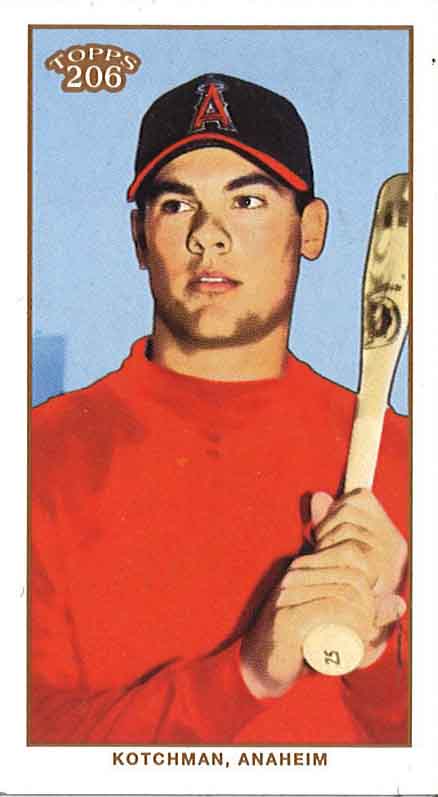
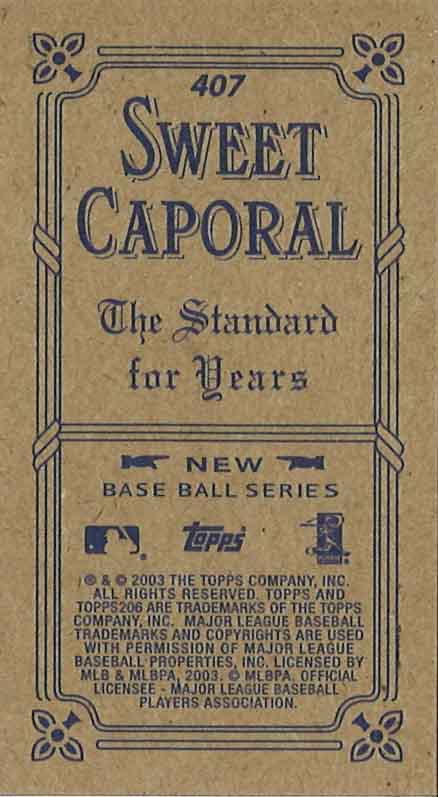
Casey Kotchman, Anaheim Angels
(2001-2013)
“Topps 206” Baseball Card
Sweet Caporal
Topps
2003
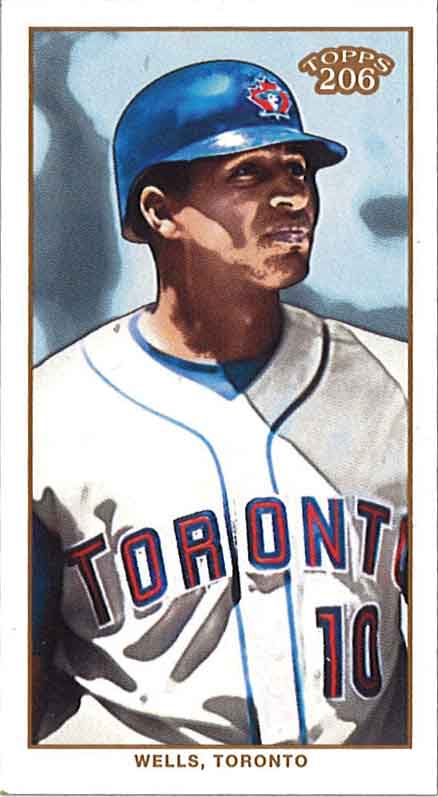
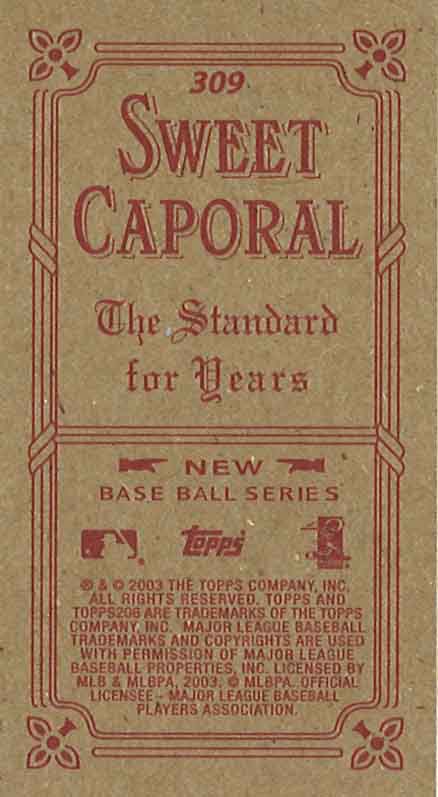
Vernon Wells, Toronto Blue Jays
(1999-2010)
“Topps 206” Baseball Card
Sweet Caporal
Topps
2003
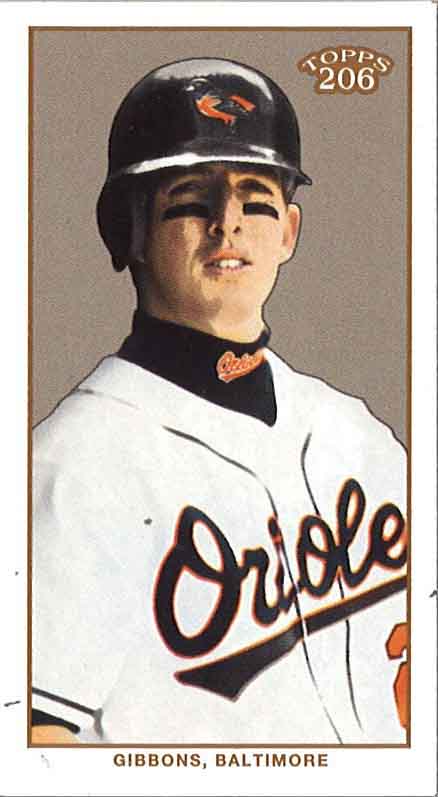
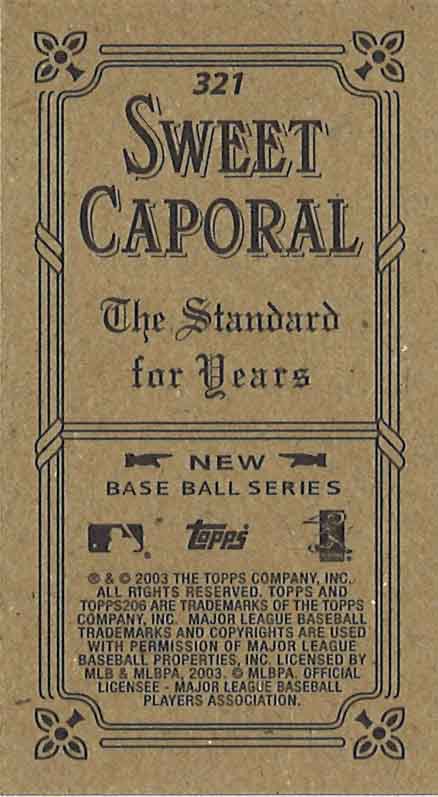
Jay Gibbons, Baltimore Orioles
(2001-2011)
“Topps 206” Baseball Card
Sweet Caporal
Topps
2003
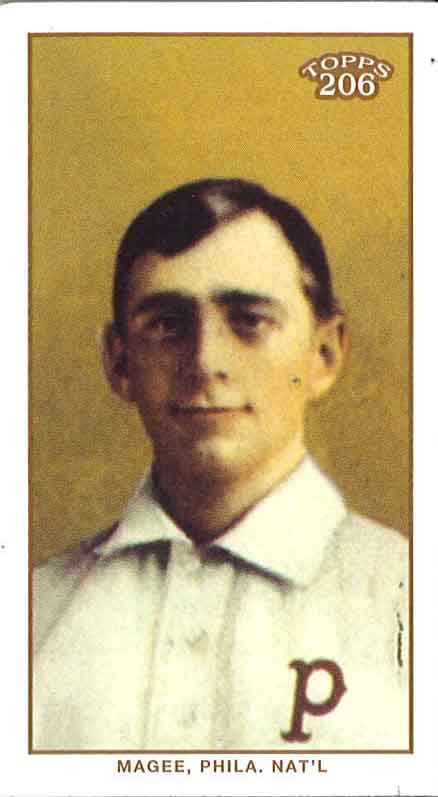
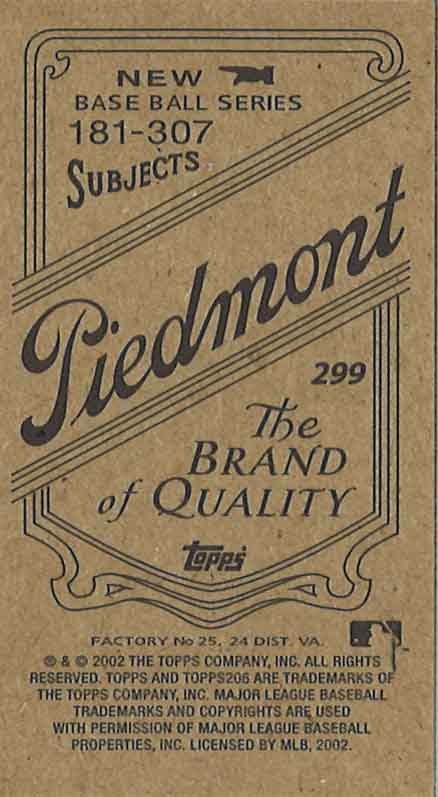
Sherwood Magee, Philadelphia Phillies
(1904-1919)
“Topps 206” Baseball Card
Piedmont
Topps
2002
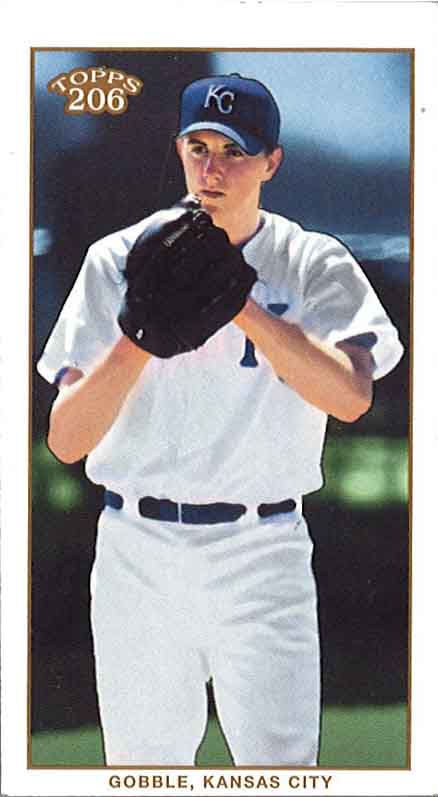

Jimmy Gobble, Kansas City Royals
(2003-2009)
“Topps 206” Baseball Card
Carolina Brights
Topps
2002

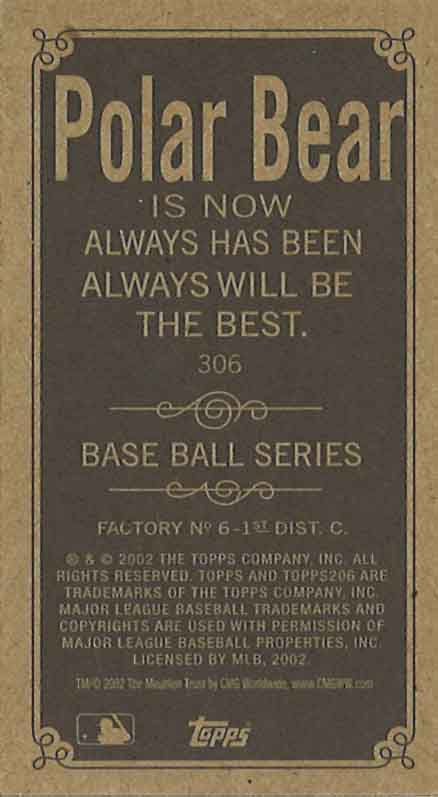
Cy Young, Cleveland Indians
(1890-1911)
“Topps 206” Baseball Card
Polar Bear
Topps
2002
Contact
Alan Blum, M.D., Director
205-348-2886
ablum@ua.edu
© Copyright - The Center for the Study of Tobacco and Society


